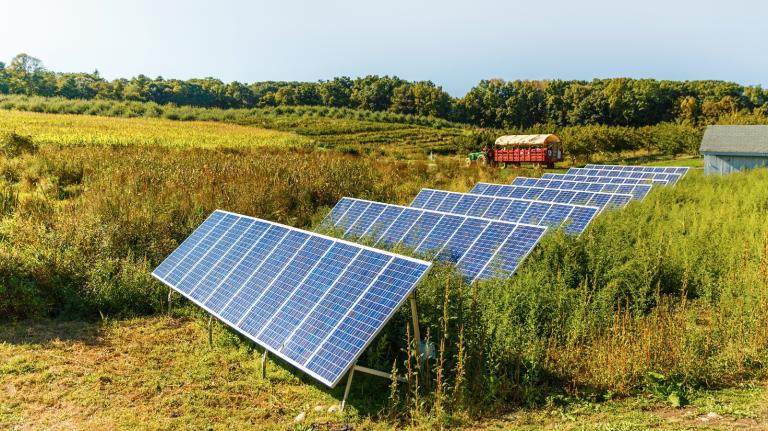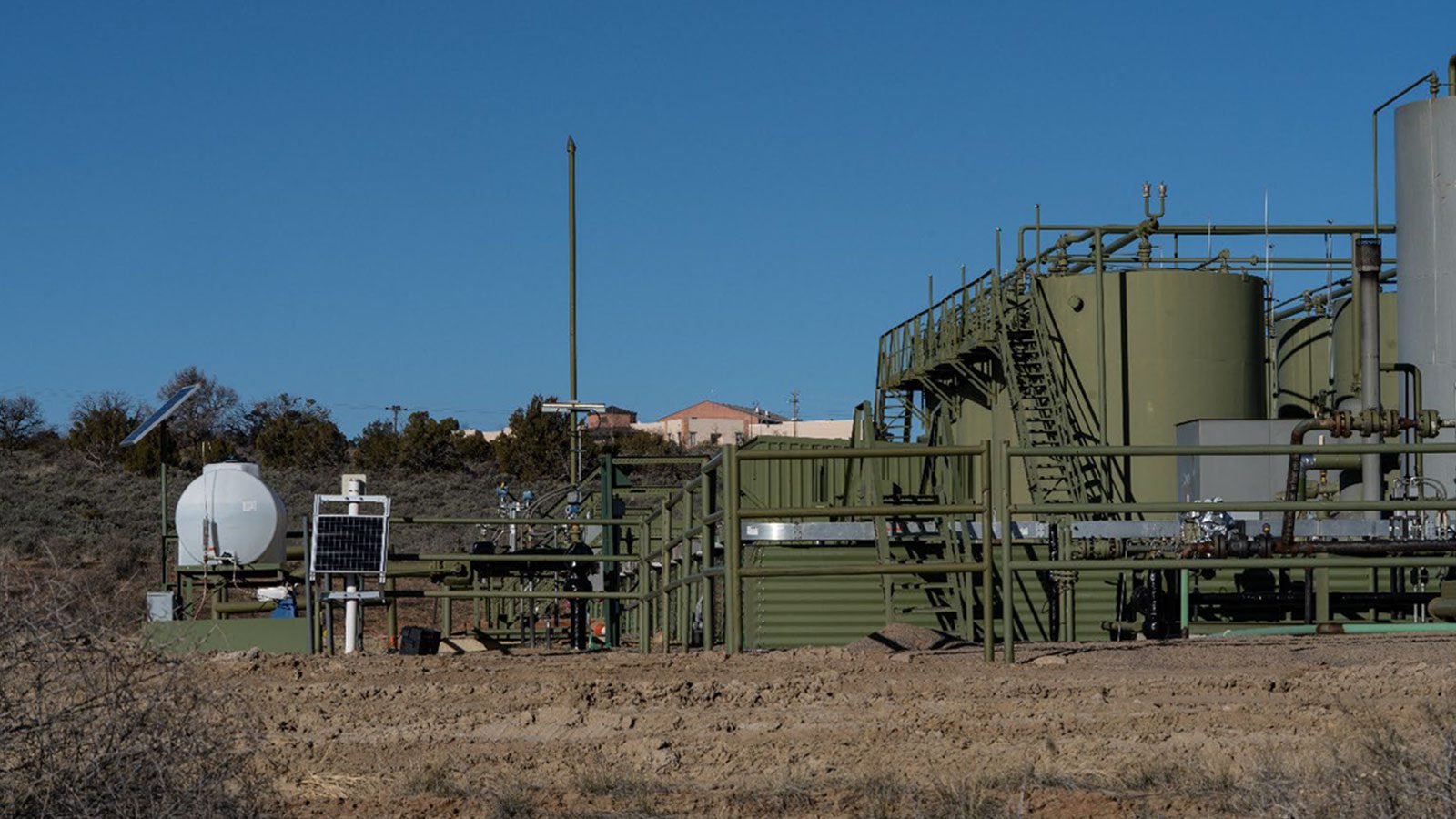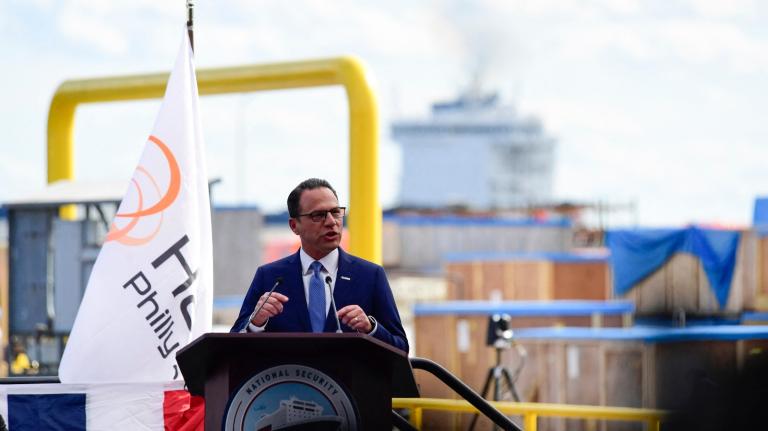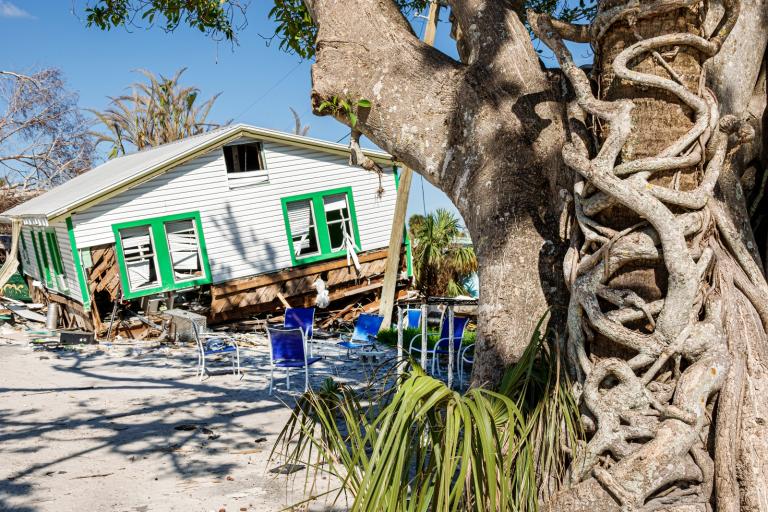Decisions by federal and state officials last week will limit where New Mexico’s powerful oil and gas industry is able to drill.
On Friday, Secretary of the Interior Deb Haaland announced that the department will soon ban new oil and gas leases on more than 330,000 acres of public lands within a 10-mile radius of Chaco Culture National Historical Park — a UNESCO World Heritage Site of deep cultural importance to the region’s Pueblo and Tribal nations.
The day before, the New Mexico Commissioner of Public Lands instituted a moratorium on new oil and gas leases on state trust lands within one mile of schools, daycare centers, and sporting fields used by students.
New Mexico is currently the second-largest crude oil-producing state in the country, and the seventh-largest for natural gas, cumulatively generating about $2 billion a year in revenue. Royalties, rental income, and tax revenue from fossil fuel operations account for as much as one-third of the state’s general fund, and finances about a third of the state’s education budget.
The measures taken last week won’t significantly curb fossil fuel production in the state — the new restrictions impact relatively small portions of land — but they will partially reshape where it is done and with what amount of oversight. They also represent a win for the growing movement to limit the impacts of oil and gas on public and environmental health in New Mexico. Last month, for example, a coalition of Indigenous, youth, and environmental groups sued state lawmakers, officials, and the governor for “violating their state constitutional duty to control the rapidly growing pollution from the oil and gas industry.”
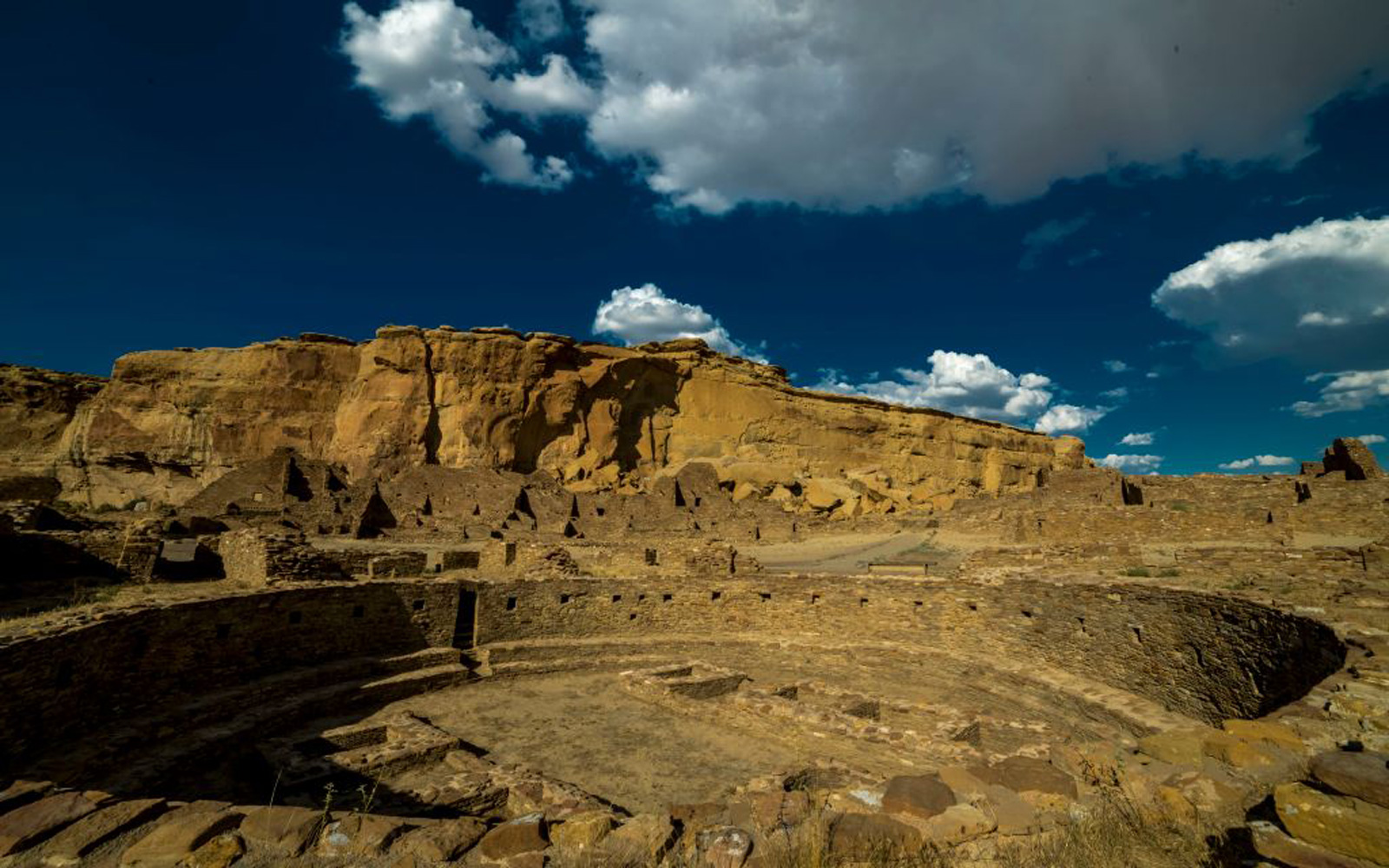
The withdrawal of lands around Chaco Canyon will apply to federal parcels and mineral estates and not to land owned by private, state, or tribal entities. It will ban new leases but still allow production from existing drill sites and on existing leases.
“Tribal communities have raised concerns about the impacts that new development would have on areas of deep cultural connection,” Haaland said in a statement, calling Chaco Canyon, “a sacred place that holds deep meaning for the Indigenous peoples whose ancestors have called this place home since time immemorial.”
The area contains archaeological artifacts and cultural sites significant to the Pueblo and Tribal nations, including 4,700 known archaeological sites within the 10-mile radius outside the park. Some Chacoan structures date back thousands of years.
While the department touted what it said were extensive efforts to gather community input, and the withdrawal does not apply to tribal mineral rights, the Navajo Nation issued an emailed statement denouncing the decision.
Nation members have their own land allotments in the area, which generate revenue through leasing. “The Biden administration has undermined the position of the Navajo Nation with today’s action and impacted the livelihood of thousands of Navajo allotment owners and their families,” said Navajo Nation Speaker Crystalyne Curley. The tribe could not be reached for additional comment.
At the state level, New Mexico Commissioner on Public Lands Stephanie Garcia Richard issued a moratorium on new oil and gas leasing on trust lands near schools “and other educational institutions, including day care centers, preschools, and sports facilities used by students.”
State trust lands were granted by the federal government with the primary purpose of generating revenue for schools, according to the commission’s order, but Garcia Richard argues that the office maintains the right to withhold land tracts from leasing and that it is the responsibility of her department “to help ensure that communities are free from pollution and harmful effects of such activities.”
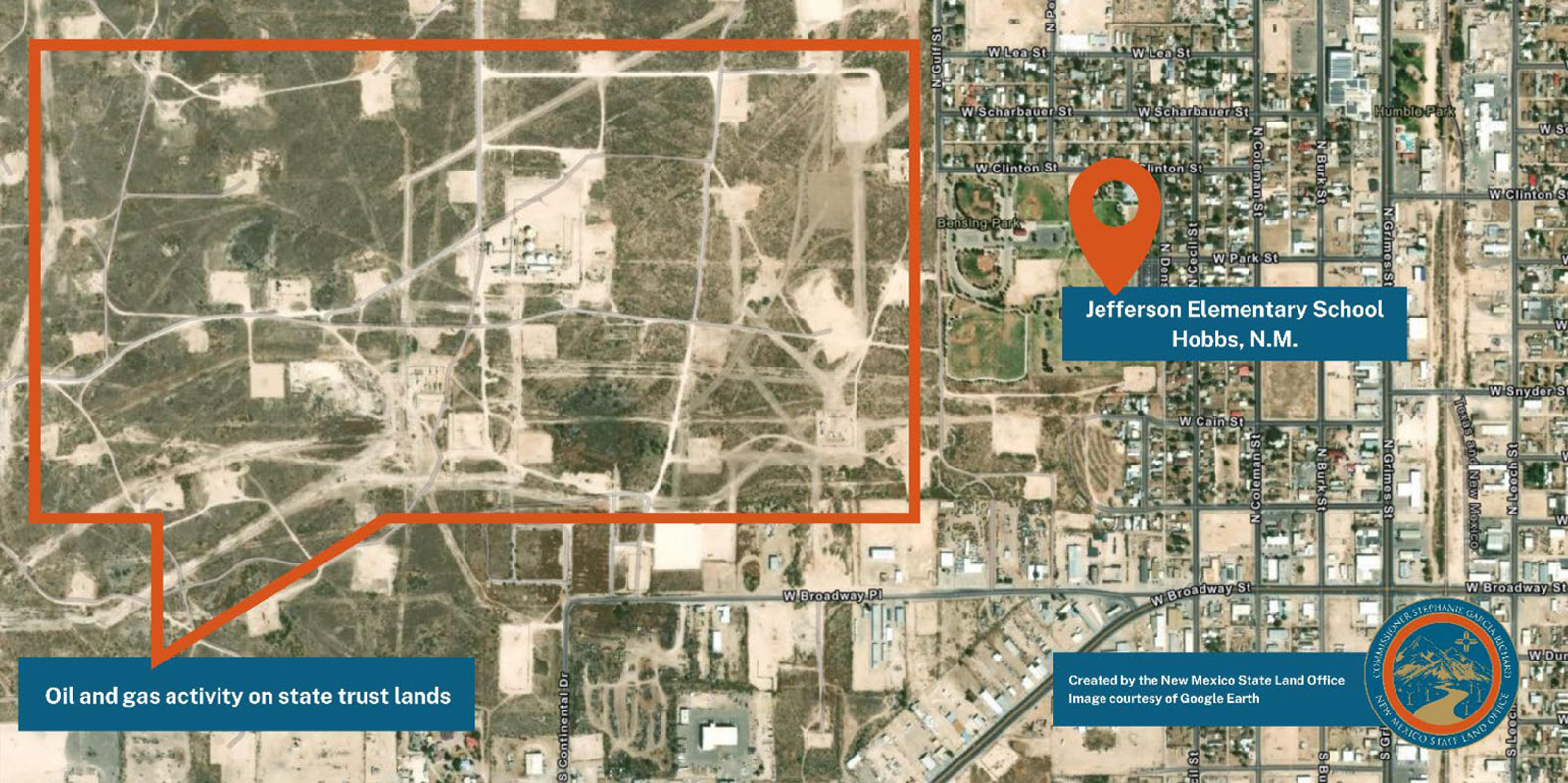
New Mexico state law does not currently mandate a minimum health setback for the siting of oil and gas wells, and Garcia Richard invited state lawmakers to take related action in response to her decision.
“A moratorium on new oil and gas leasing near schools … will provide an opportunity to engage the Governor and the state agencies under her purview, state legislature, and other interested stakeholders regarding potential legislative and administrative options,” she said in the order.
While the moratorium only applies to new leases, it also orders a study on all current drilling activities on state trust lands to assess their compliance with regulations, “including the requirement to plug inactive wells, remediate spills, and adhere to relevant air quality standards.”
About 144,000 New Mexico residents live within one half-mile of oil and gas production in the state, according to research by Earthworks and FracTracker Alliance, nonprofit groups that work to curb fossil fuel extraction. And air quality in several of the state’s oil- and gas-producing counties fails to meet federal standards.
The new state-level regulations are “a first step to protecting our kids from oil and gas pollution, but it’s only on state land,” Gail Evans, an attorney at the Center for Biological Diversity’s Climate Law Institute, said in a statement. “We need health and safety setbacks across New Mexico.”
